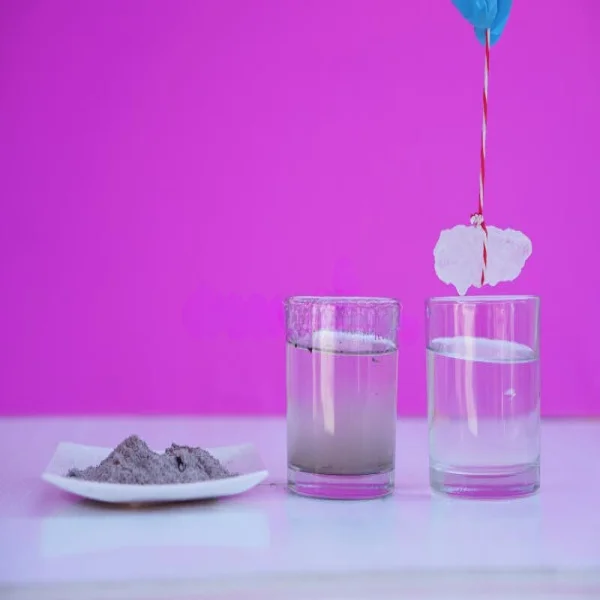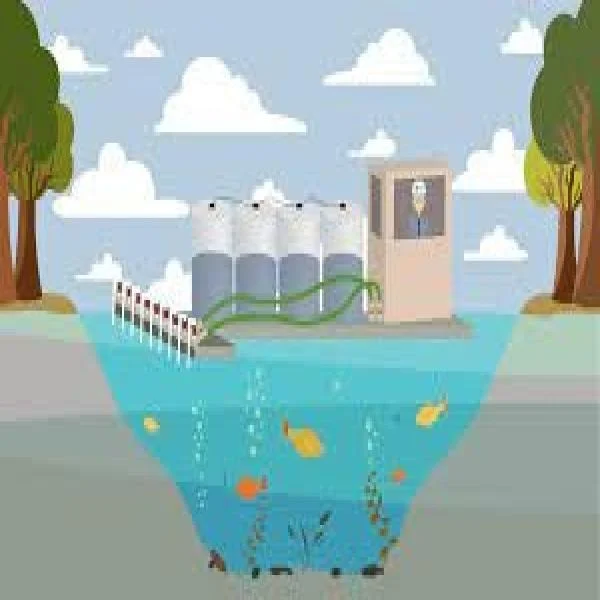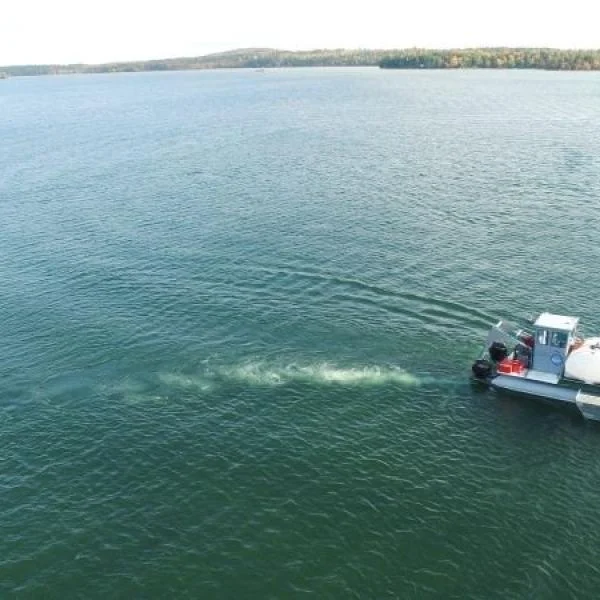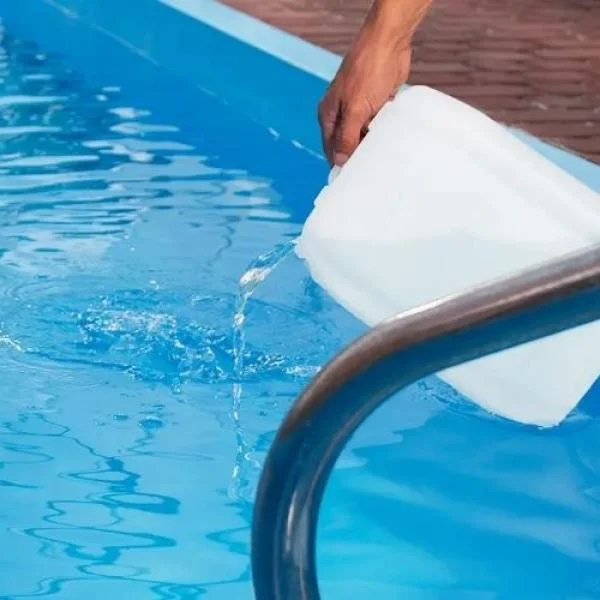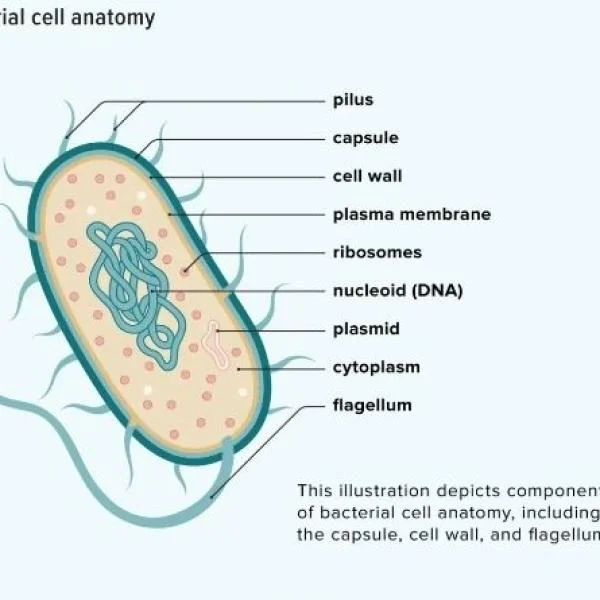
Keeping pool water clean and clear is a priority but sometimes regular maintenance isn’t enough to eliminate stubborn cloudiness. This is where pool flocculants come in as a highly effective water treatment option. In this article, we will dive into everything you need to know about pool flocculants: what they are, how they work when to use them, and tips for getting the best results.
What is a Pool Flocculant?
A pool flocculant, or "floc," is a chemical agent used to clear cloudy pool water. Its primary function is to gather small particles in the water, which are too tiny for the pool filter to catch, and form larger clumps. These clumps, known as "flocs," are heavier and settle at the bottom of the pool, making it easier to remove them through vacuuming.
Flocculants are typically used when standard filtration systems are insufficient to clear the water of fine contaminants such as algae, pollen, or dirt. It's especially useful in cases where water has become hazy or murky and normal chlorine treatment hasn’t resolved the issue.
How Does Pool Flocculant Work?
The chemistry behind flocculants is simple yet effective. Most flocculants contain positively charged compounds that neutralize the negative charges found on tiny particles suspended in the pool water. These neutralized particles attract each other, forming larger clumps that settle out of the water.
Once these clumps form, they sink to the pool’s floor, and you’ll need to vacuum the pool manually to remove the debris. Since the floc process requires the water to remain still, the pool’s pump and filtration system must be turned off during treatment.
When Should You Use a Pool Flocculant?
Using a pool flocculant is not necessary for regular pool maintenance but should be applied when the pool water becomes particularly cloudy or dirty beyond what normal filters and chemicals can handle. Here are a few scenarios where using a flocculant may be your best option:
- After a Storm: Heavy rain, wind, and dust storms can introduce a lot of small debris, dirt, and pollen into the pool, leading to cloudiness.
- Algae Bloom: Following an algae bloom, even after killing off the algae with chlorine, tiny dead algae particles may remain suspended in the water, making it look cloudy.
- Poor Filtration: If the filtration system isn’t effectively clearing smaller contaminants, using a flocculant can help bind these particles together for easier removal.
Flocculants can quickly clear your water within 24 to 48 hours, as long as they are used properly.
How to Use Pool Flocculant – Step-by-Step Guide
If you decide to use a pool flocculant to clear your pool, follow these steps for the best results:
Step 1: Turn Off the Pump
The first step in using a pool flocculant is to turn off your pool’s filtration system. For the flocculant to work effectively, the water must be still to allow the clumps to form and settle.
Step 2: Prepare the Flocculant
Follow the manufacturer’s instructions for mixing and applying the flocculant. Typically, you’ll dilute the flocculant in a bucket of water before adding it to the pool. Ensure that the amount used corresponds to your pool’s size.
Step 3: Add the Flocculant to the Pool
Evenly distribute the prepared flocculant across the surface of the pool water. You’ll need to wait for several hours—usually overnight—to allow the particles to clump together and sink to the bottom.
Step 4: Vacuum the Pool
After the particles have settled at the pool’s bottom, it’s time to vacuum. Since the clumps are now too large to be removed by your filtration system, manual vacuuming is necessary. Set your pool vacuum to waste mode to bypass the filter and avoid clogging it with debris.
Step 5: Rebalance the Pool Chemicals
After vacuuming, test the pool’s water chemistry to ensure it remains balanced. Sometimes, using a flocculant can slightly alter the pH or alkalinity of the water. Adjust the chemical levels accordingly to restore the water’s balance.
Pros and Cons of Using Pool Flocculant
Flocculants are a powerful solution to clear your pool water quickly, but they aren’t always the most convenient option. Here’s a breakdown of the pros and cons:
Pros:
- Fast Acting: Flocculants can clear pool water within 24 hours, making them ideal for quick fixes before pool parties or events.
- Effective for Severe Cloudiness: When regular filtration and chemicals fail to clear cloudy water, flocculants can handle fine particles and contaminants effectively.
Cons:
- Manual Vacuuming Required: After the particles settle, you’ll need to manually vacuum the pool, which can be labor-intensive.
- Not for Regular Use: Flocculants should not be part of routine maintenance, as frequent use can throw off the pool’s chemical balance.
Alternatives to Pool Flocculant
If you’re looking for alternatives to pool flocculants, clarifiers are a popular choice. Clarifiers work similarly to flocculants by binding smaller particles together but differ in that they keep the particles suspended in the water for removal by the pool filter. Clarifiers are typically slower-acting but require less manual labor since the filter handles the debris removal.
Tips for Preventing Cloudy Pool Water
While flocculants are an effective solution, it’s always better to prevent pool water cloudiness in the first place. Here are a few tips to help maintain clear water:
- Keep Pool Filters Clean: Regularly backwash and clean your pool filters to ensure they operate efficiently.
- Maintain Proper Chemical Balance: Regularly test and adjust the pool’s pH, chlorine, and alkalinity levels to prevent imbalances that can cause cloudiness.
- Skim Debris Daily: Regularly removing leaves, insects, and other debris from the pool surface will prevent them from sinking and decaying in the water.
Conclusion
Pool flocculants are a quick and effective way to clear cloudy pool water, especially after a storm or an algae bloom. By following proper procedures for flocculant use and staying on top of pool maintenance, you can enjoy crystal-clear water all season long. However, remember that flocculants are not for everyday use and should be applied only when necessary. For routine maintenance, maintaining good water chemistry and filtration is key to keeping your pool looking pristine.
Related Articles
Alum Water: A Simple Solution for Clean Water and More
Alum water , a solution created by dissolving alum in water, has been used for centuries as a ...
What You Need to Know Alum Treatment for Pools
Alum treatment , also known as aluminum sulfate treatment, is a widely used method for improving ...
Why UV Water Treatment is the Solution to Clean Water
Ultraviolet water treatment is becoming an increasingly popular method for purifying water in homes, ...
Alum Treatment for Cleaner Lakes and Ponds
In the realm of water quality management, alum treatment has emerged as a highly effective method ...
Clear Water in a Flash: The Magic of Pool Flocculant
Maintaining a pristine swimming pool can be challenging, especially when dealing with persistent ...
A Look at Bacterial Life: The Good, the Bad, and the Tiny
Bacteria , the microscopic organisms that have inhabited Earth for approximately 4 billion years, ...

